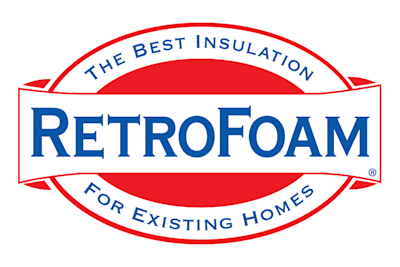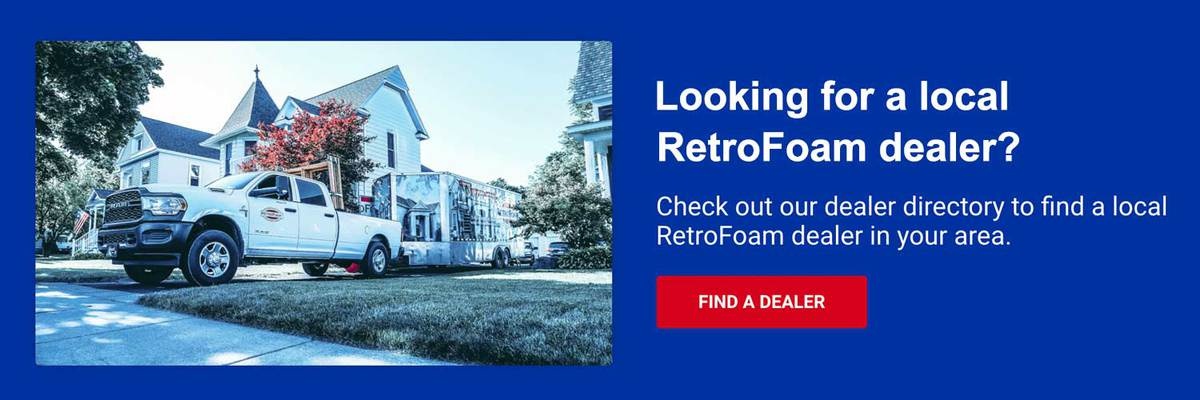How to Block Your Neighbor’s Cigarette Smoke


You’re sitting on your couch, relaxing after a long day, when suddenly… that smell hits you.
Your neighbor’s cigarette smoke has drifted into your home again, and no amount of candles or air fresheners seems to make a difference.
If you’ve found yourself wondering how to block your neighbor’s cigarette smoke, or even if foam insulation can help, you’re not alone. Let’s dive into what’s really happening, why that odor finds its way inside, and what you can actually do about it.
Can Foam Insulation Block Cigarette Smoke?
Foam insulation is a powerhouse when it comes to comfort and energy efficiency.
It creates an airtight seal inside your home, keeping outside air from leaking in through gaps, cracks, and hidden holes.
That air seal can absolutely help keep out things like dust, pollen, and even outdoor allergens. But when it comes to blocking your neighbor’s cigarette smoke, there’s a catch.
Odors like cigarette smoke are made up of tiny airborne particles and gases that can travel through much more than your walls. They can sneak in through your windows, doors, and even your HVAC system.
So while insulation is an important part of the solution, it’s not the only one.
Common Pathways for Secondhand Smoke
Here’s where that smell might be slipping into your home.
1. Windows and Doors
If your windows or doors are leaky – or even just opened occasionally – smoke from outside can easily make its way in.
Every time you open and close those windows and doors, you’re essentially creating a mini wind tunnel for that odor to follow.
What you can do:
- Check the seals and weatherstripping. Replacing worn-out gaskets can make a big difference.
- Add door sweeps or draft stoppers to exterior doors.
2. HVAC Fresh Air Intakes
Your home’s fresh air intake is part of your ventilation system – and it’s a sneaky entry point for cigarette smoke.
If your neighbor smokes near that vent, the smoke can get pulled in and distributed throughout your entire home.
What you can do:
- Ask an HVAC professional about adding a carbon filter or relocating the intake vent.
- Keep the intake area clear and avoid placing it near shared outdoor spaces.
3. Shared Walls and Vents (Apartments & Condos)
If you live in a multi-unit building, things get trickier.
Shared walls, ceilings, and ductwork mean that air and the smoke within it can travel from one unit to another.
Even if your walls are insulated, shared vents, electrical outlets, or plumbing chases can still allow air movement between units.
What you can do:
- Use foam insulation or caulk to seal around outlets, pipes, and light fixtures.
- Ask management about smoke-free policies or air sealing improvements in common walls.
Health Concerns of Secondhand Smoke
Even a small amount of secondhand smoke exposure can be harmful, especially if you or someone in your household has allergies, asthma, or other respiratory conditions.
Secondhand smoke contains more than 7,000 chemicals, including hundreds of chemicals that are toxic and around 70 that can cause cancer, according to the U.S. Centers for Disease Control and Prevention. Prolonged exposure indoors can lead to:
- Increased allergy or asthma symptoms
- Respiratory infections
- Eye and throat irritation
- Long-term health risks, including heart disease and cancer
If secondhand smoke is affecting your health, you don’t have to suffer in silence.
Steps to Take if Your Neighbor's Smoke is a Problem
While insulation can help reduce the amount of outside air that gets in, it won’t eliminate cigarette smoke entirely, especially when shared spaces or inadequate ventilation systems are involved.
Here are practical steps to help protect your home and your health:
- Review Your Lease or HOA Agreement.
Many apartment buildings and condo associations have specific policies about smoking. Some even prohibit it in shared spaces or on balconies. - Talk to Your Neighbor.
A respectful conversation can go a long way. Let them know how it’s affecting your health or comfort – sometimes they’re unaware it’s a problem.
- Get Documentation if Needed.
If secondhand smoke is aggravating a medical condition, ask your doctor for a note stating the issue. This can be helpful when making formal complaints or submitting accommodation requests.
- Check Local Regulations.
Some communities have ordinances restricting smoking in multi-unit housing. Your local housing authority or public health department can help you learn your options.
- Improve Your Indoor Air Quality.
- Add an activated carbon air purifier for odor removal.
- Keep your HVAC filters clean and change them regularly.
- Use foam insulation to seal gaps that allow outdoor air infiltration.
The Best Solution to Block Your Neighbor's Cigarette Smoke
If you’re searching for a solution to block neighbor’s cigarette smoke, foam insulation can be part of the strategy, but it’s not a magic fix.
The key is to combine air sealing with smart ventilation and open communication with your neighbors or building management.
By addressing the main sources of air leaks and taking steps to protect your air quality, you can dramatically reduce exposure and breathe a little easier.
If you’d like to learn more about what foam insulation can do to improve your home – like blocking allergens or reducing drafts – check out our Learning Center.
Key Points:
- Foam insulation helps air seal your home, but can’t fully block cigarette smoke from entering through shared systems or open gaps.
- Secondhand smoke exposure poses serious health concerns, including respiratory issues and long-term risks.
- HVAC intakes, leaky windows, and shared walls are the most common entry points for cigarette odors.
- Carbon filters, better weatherstripping, and air purifiers can help minimize odors indoors.
- Communication and documentation are important steps if smoke exposure violates building policies or impacts your health.
Related Articles
Insulating Existing Walls Shared with a Neighbor
Insulating a Row Home? Here’s What You Need to Know Before Getting Started
Sound Dampening vs. Soundproofing Between Rooms: What's the Difference?
FAQs About Blocking Neighbor's Cigarette Smoke
Can foam insulation block cigarette smoke from neighbors?
Not entirely.
Foam insulation creates an air seal that helps reduce air movement, but cigarette smoke can still enter through vents, windows, or shared spaces.
Is secondhand smoke dangerous even in small amounts?
Yes.
Even brief exposure can trigger asthma, allergies, or other health issues, and long-term exposure increases the risk of serious disease.
What's the Best Way to Block Cigarette Smoke from My Neighbor's Apartment?
Seal leaks around windows, doors, and outlets, use air purifiers with carbon filters, and talk with building management about smoke-free policies.
Will Insulating My Walls with Foam Help Reduce the Smell?
It can help reduce air leaks and slow down odor transfer, but it won’t completely eliminate the smell if there are shared ventilation systems.
About Amanda Emery
Amanda previously has worked as a breaking news and crime reporter, TV news producer, and editor. As a journalist, she has won several awards from The Society of Professional Journalists - Detroit Chapter and the Michigan Press Association. Amanda uses her experience as a journalist to write content that will help educate homeowners on foam insulation benefits. When Amanda isn’t writing, she’s spending time with her husband Chris, daughter Lilith-Maeve, and rescued huskies Danger and Wendigo. She also loves knitting, making art, and cooking.



